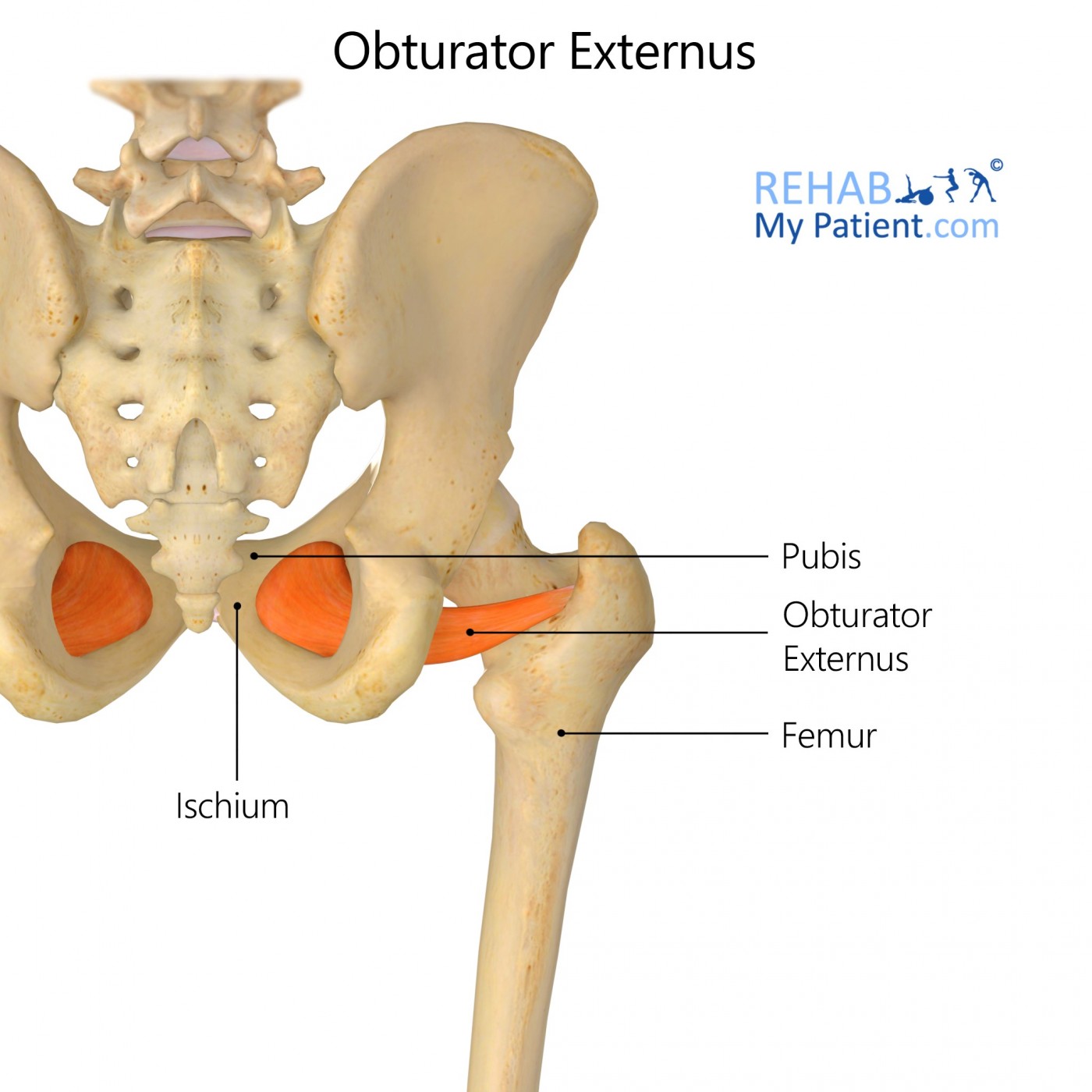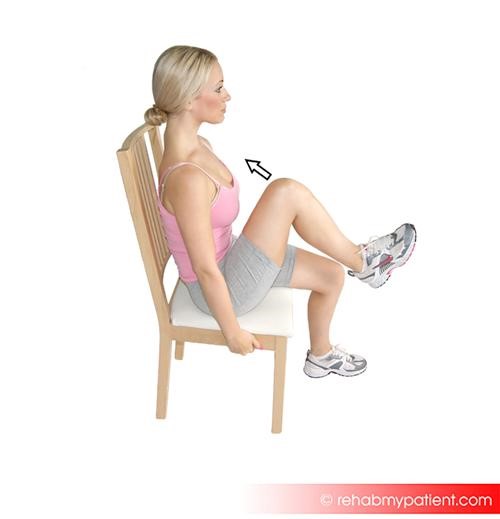
General information
Obturator externus, sometimes considered part of the gluteal region, covers the anterior wall of the pelvis.
Literal meaning
The outer muscle that occludes.
Interesting information
Obturator externus is a skeletal muscle of the hip that is responsible for lateral rotation and adduction of the thigh.
Bursitis is a condition of the joints in which the sac of fluid between the bones, muscles, and tendons becomes irritated. Obturator externus bursa occurs in the hip area, mostly in individuals over the age of forty or in those who participate in athletics. Irritation of the bursae may occur from repetitive motion of the joints, like running, or from a serious injury. Several tests are available to diagnose the condition including blood tests, X-ray, and MRI. Pain normally disappears with rest of the joint for a couple days or weeks. Treatment of inflammation and discomfort includes the use of ice and NSAIDs, like ibuprofen. The use of corticosteroids is another form of treatment that may provide pain relief for a case of bursitis that does not clear up quickly. As a last resort, the surgical removal of the bursae may be necessary.
Origin
Obturator foramen.
Obturatory membrane.
Insertion
Trochanteric fossa of femur.
Function
Adduction of thigh.
Lateral rotation of thigh.
Nerve supply
Posterior branch of the obturator nerve.
Blood supply
Obturator artery.

Relevant research
Resulting from a variety of causes, hip pain is one of the most common reasons for emergency department visits. One of the most peculiar of these causes may be a pelvic muscle abscess. Due to the rarity of these types of abscesses, it may be hard to diagnose. A case study reports that a 20-year-old man visited an academic emergency department complaining of hip pain that was “sharp and achy.” Another facility originally diagnosed the man with a strain and treated him with narcotics, which did not alleviate the pain. Upon ruling out conditions such as a fracture and arthritis, there was the discovery of an intramuscular abscess on the obturator externus. The abscess, known as pyomyositis, is an infection of the skeletal muscle most normally caused by the bacterium Staphylococcus aureus. Treatment includes the drainage of the abscess and intravenous antibiotics. Utilisation of radiologic techniques is sometimes necessary, due to the awkward location of the abscess, making traditional surgical procedures difficult.
Fowler, T, Strote, J. (2006). “Isolated obturator externus muscle abscess presenting as hip pain”. The Journal of Emergency Medicine. 30:2, 137-139.
Obturator externus exercises
External hip rotator stretch
Sit in a chair and maintain good posture. Begin by placing the right ankle across the left thigh. Grab the right knee with both hands and pull it toward the left shoulder until feeling the stretch. Hold the stretch for thirty seconds. Repeat on the opposite side. Perform this stretch three times a week.

Hip adductor stretch
Kneel on the right foot with the left foot in front, making sure that the angle of the knee on the left leg is ninety degrees. Slide the right knee to the side and the back. Lift the chest up and hold the position for thirty seconds. Remember to breathe. Repeat the stretch on the opposite side. Perform this stretch three times a week.
Sign Up
Sign up for your free trial now!
Get started with Rehab My Patient today and revolutionize your exercise prescription process for effective rehabilitation.
Start Your 14-Day Free Trial